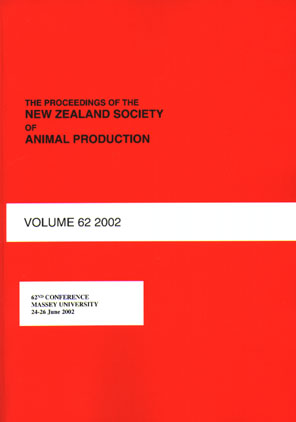Abstract
Farm monitoring and evaluation are elements within the control function of management. Control is directly linked to planning: through planning performance, targets are set and outcomes are measured and assessed relative to these. The use of formal monitoring by farmers has been lower than expected. To redress this, more emphasis is now being placed on tying farm performance measures (or indicators) to business strategy. The aim is to transparently connect day-to-day (operational) management to the goals of the manager/ owner. This shift in the focus of farm monitoring and evaluation concentrates performance measurement around a limited number of factors that are critical to the successful execution of strategy. Data collection and analysis is therefore directly integrated with adding value to the farm business. It also facilitates the correct application of benchmarking to continually improve performance through farmer learning. The balanced scorecard provides a mechanism to integrate farm monitoring results with farm mission, strategy and target performance in a condensed and easy to read format. This should further encourage farmers to monitor and benchmark their production and management systems in order to gain feedback for evaluating decisions (learning) and help them to continually update their strategy to sustain high performance.
Proceedings of the New Zealand Society of Animal Production, Volume 59, , 6-13, 1999
| Download Full PDF | BibTEX Citation | Endnote Citation | Search the Proceedings |

This work is licensed under a Creative Commons Attribution-NonCommercial-NoDerivatives 4.0 International License.

